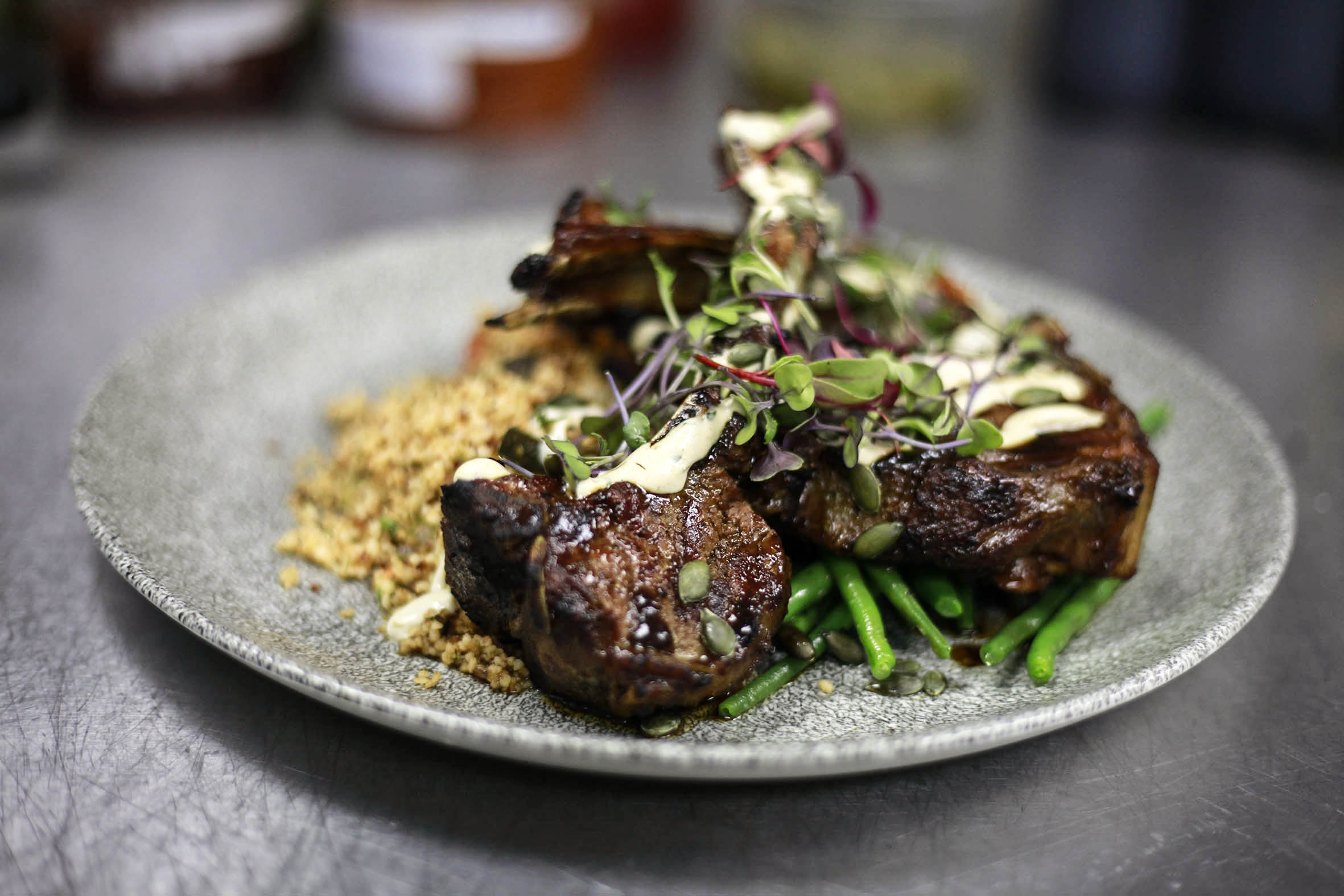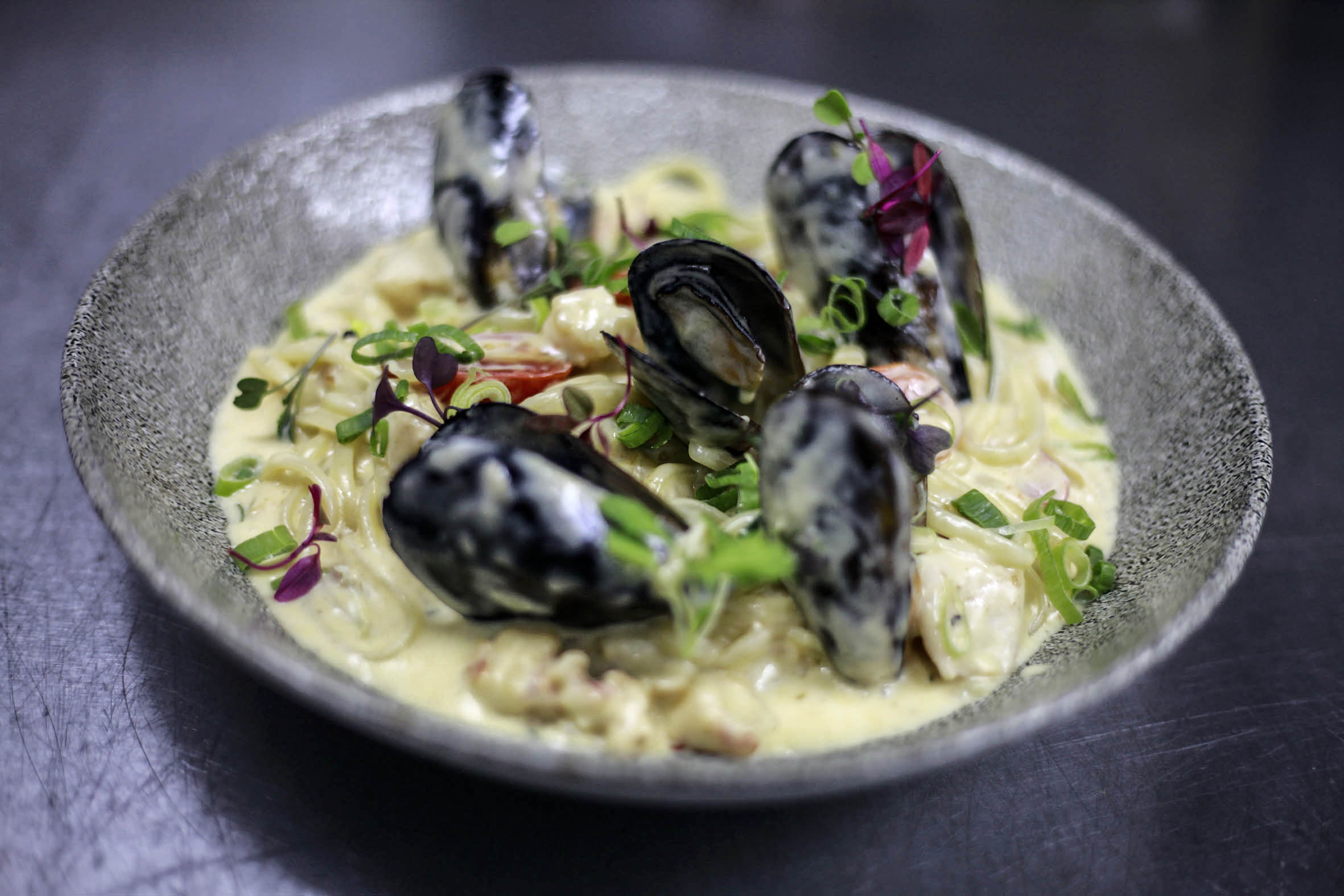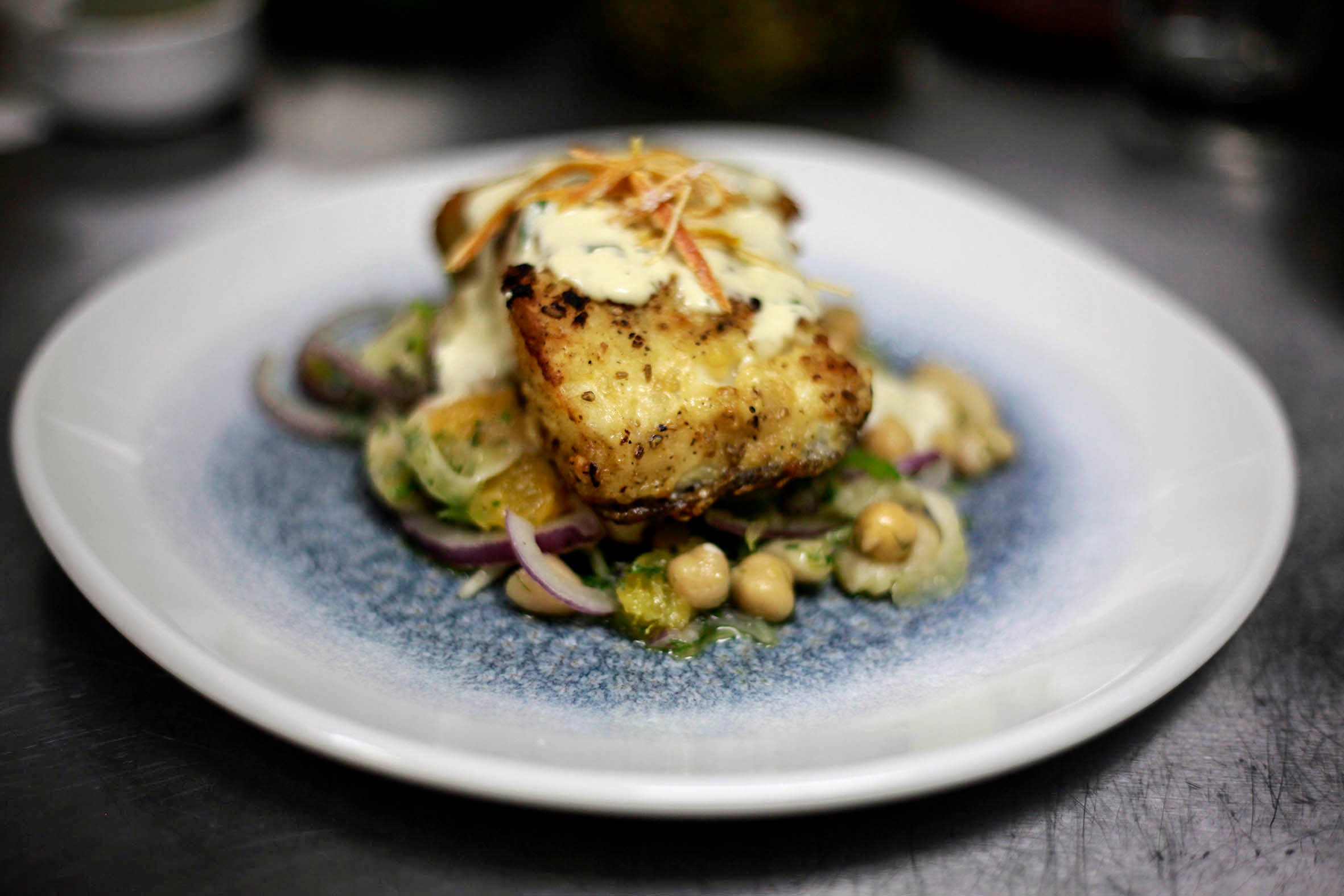Sharing: Alessandro Khojanes childhood has shaped the food he serves in his restaurants. Photo: Delwyn Verasamy
‘In black culture, everybody’s mother says they make the best steamed bread. In Italian culture, everyone’s mother makes the best bolognese or the best napolitana,” says Alessandro Khojane, the owner of Johannesburg restaurants Gemelli in Bryanston and Zio in Hyde Park.
Khojane spent his formative years in Italy. As a child, he would enjoy sleepovers at his friends’ homes, sampling the speciality of the house: bolognese or napolitana sauce.
Khojane, the youngest of six children, was born in Bloemfontein. The family moved to Italy when he was just six months old. He spent his days in a beautiful little area called Olgiata near Rome.
“In both Italian and African tradition, you’re raised by the whole community,” says Khojane. “I have memories from Italy when there would always be the four of us on bicycles and, by the time we got home in the evening, we would have got backhands from five or six moms in the neighbourhood because we were naughty.”
Khojane’s mother made typical African food such as pap and meat but, through friends, Khojane was exposed to the simplicity of Italian food. He recalls the salty bite of the antipasto acciughe fritte at the home of his childhood best friend Jennifer.

Lamb cutlets from Alessandro Khojane’s restaurant, Zio. Photo: Oupa Nkosi
“I would always walk into her house and want ciabatta bread and anchovies. Her mom would always make it for me.”
The anchovies are crumbed and deep fried, and served with a big chunk of fresh bread.
Khojane’s unique upbringing has moulded him into a master of adaptation. His restaurants extract authentic Italian flavours but adapt them to suit the South African palate.
He began to understand the simple flavours used in Italian cooking. “Italians are very simple. Give them an Italian olive oil, balsamic vinegar and bread and they’re good. They don’t need anything else. South Africans are like, ‘Bru, where’s the sauce?’ South Africans love their sauce, they love their rich food.”

Alessandro Khojane’s spin on linguine. Photo: Oupa Nkosi
Aglio e olio, for example, is one of Italy’s most popular pasta dishes. It uses just four basic ingredients: olive oil, garlic, chilli and flat-leaf parsley.
“With South Africans, you have to give them a napolitana with bacon and chorizo and prawns and a bit of chilli to add flavour.”
It’s this deep understanding of the two cultures that launched Khojane’s career as one of Jo’burg’s most successful restaurateurs.
“I’m like most South Africans. I like my food saucy and exciting and I think that’s what makes it work. I have always said, if anyone ever opens a traditional Italian restaurant in Jo’burg, it will fail. People here don’t eat food like that.
“One of the most difficult dishes to get right is risotto. It’s a patient dish. It’s not like one of those dishes you just put in a pot and let it cook, like a napolitana sauce. Risotto needs to be turned over and over; you need to add stock to it, you need to add parmesan, you need to taste it. You have got to be very patient with that dish; if you’re not patient it’s going to taste like pap.”
At his restaurants, Khojane has incorporated the flavours and ingredients of Italy but has adapted them for the South African palate.
“I get in trouble with the Italians. They’re very passionate about their food. They look at your menu and ask, ‘How can you put napolitana, prawns and parmesan on one plate?’ But South Africans love the food.”
His enjoyment of different foods and meats mixed together developed in childhood.
“My favourite meal as a child was — in fact, it still is — mince, rice and grilled chicken, all on the same damn plate. To be honest, it started with the fact that I didn’t want to eat vegetables. Since I was a kid, my mom used to cut up all the meat, mix it in the rice, and then add the vegetables in the rice with the meat. She used to force me to eat my vegetables like that.
‘Till today, my mince is made with peas, beans and then a bit of chicken. Nowadays, my wife cuts up broccoli into small pieces and mixes it in. I’m still a kid.”
As the son of a diplomat, Khojane and his family were constantly entertaining. “My dad was a diplomat from 1983 to 1995. It taught me how to entertain kids and parents. Italians are very, very family oriented, which is very much like the African culture, and I feel like I got a double dose of that. I’m very family oriented and I want to see the best in everybody.”
He notes how similar Italian family life is to that in South Africa.
“In African culture, the way to eat is to have food on the table and everyone shares the food. It’s the same with Italians. You have a big bowl of pasta, you scoop it up, you eat with a bit of bread and then they’ll bring the next course. There’s no individual plates, there’s a couple of big dishes and then everyone shares.”

Twisting tastes: Alessandro Khojane puts a South African spin on Italian favourites such as kingklip. Photo: Oupa Nkosi
Khojane returns to Italy every two years. On every visit, he is reminded of how simple Italian food is, even the salads. A caprese, for example, consists of just three ingredients: fresh basil, tomato and fresh mozzarella.
“There’s no better flavoured tomatoes than Italian tomatoes; they’re sweeter than ours.”
Surprisingly, Khojane’s cooking career didn’t start in Italy; it began in Durban, where he lived from 2003-2007.
“I have never been to a traditional cooking school, I don’t have any formal qualification. I don’t have a certificate. I learnt on the job.”
While living in Durban, he was introduced to Marco Conte, the owner of a popular Italian trattoria, Marco’s.
“Marco is like a brother to me and his mom is like my own mother. She taught me how to cook in an Italian kitchen.”
Luciana Conte also reignited his passion for the cuisine.
“The most essential ingredient in cooking is passion. You will taste the passion in the food.”
He worked in the restaurant industry for a decade before starting his own Italian restaurant, Gemelli. Three years later, he opened his second.
“Zio is more easy-going, more bistro-style food. It has brought back my passion for cooking. Zio is more food focused than vibe focused. It’s more of an intimate setting.”
At Zio, Khojane hopes to have a range of daily specials, with fresh, seasonal ingredients. The kitchen primarily uses local ingredients but imports Italian delicacies through a local restaurant and deli, Cremalat. Some of the cheeses, Parma ham, artichokes, vinegars and olive oils are from Italy.
Gemelli became so popular that the restaurant could no longer serve daily specials.
“In five years time, I see Zio having two stores and I foresee us opening a family restaurant to go up against Papachinos and Spur. But I don’t see my mother and my mother-in-law going to Spur. They’re glam moms; they want somewhere nice to take the kids.”